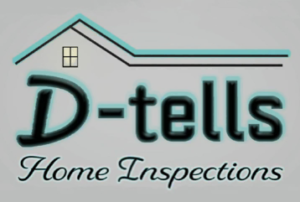When buying a home, one of the most important things to ensure is that the sewer line is in serviceable condition. As a homeowner, you are financially responsible for your sewer line from the house to the lateral. Replacing or repairing a sewer line can cost thousands of dollars and can take several days to perform, leaving you without a functional sewage system. As such, it is highly recommended that you have the sewer line inspected prior to purchasing a home.
A sewer scope inspection allows us to view the inside of your drains to check for damage, bellies, clogs, and more. A trained, professional inspector will insert a specialized, flexible borescope camera into the sewer pipe through a cleanout. The camera is attached to a cable which is then pushed through the sewer. The camera provides live video and images to an attached monitor so that the inspector can identify issues or anomalies on site. After this, your inspector will tell you about their findings, and issue a report that’s given to you, with information about the condition of the sewer line.
There are various signs that something may be wrong with the sewer system, or that it’s at risk of being damaged. Here are some examples.
-Water backing up inside the home or crawlspace- This could indicate that there is damage to the sewer line, or a major clog.
-Large trees in the yard- One of the most common causes of sewer pipe damage is the growth of roots around the pipe. Roots can grow and constrict the pipe, causing it to break, or grow into small cracks in the pipe, clogging it or causing leaks.
-The age of the home- Older homes may have cast iron or clay sewer pipes, which can be easily crushed or damaged.
-Uneven ground shifting or movement of the ground around the home- If soil around the home seems to have shifted, the pipe may have been affected.
-Extra-green or lush patches of grass- A common sign of a septic or sewer leak. If you see a suspiciously healthy-looking area of the yard unlike the rest of the yard, more likely there may be a leak.
Even if you don’t see any of these above issues, we would still recommend a sewer scope inspection. More minor issues with the sewer line may have few or no symptoms at all – but still cost thousands to repair.


